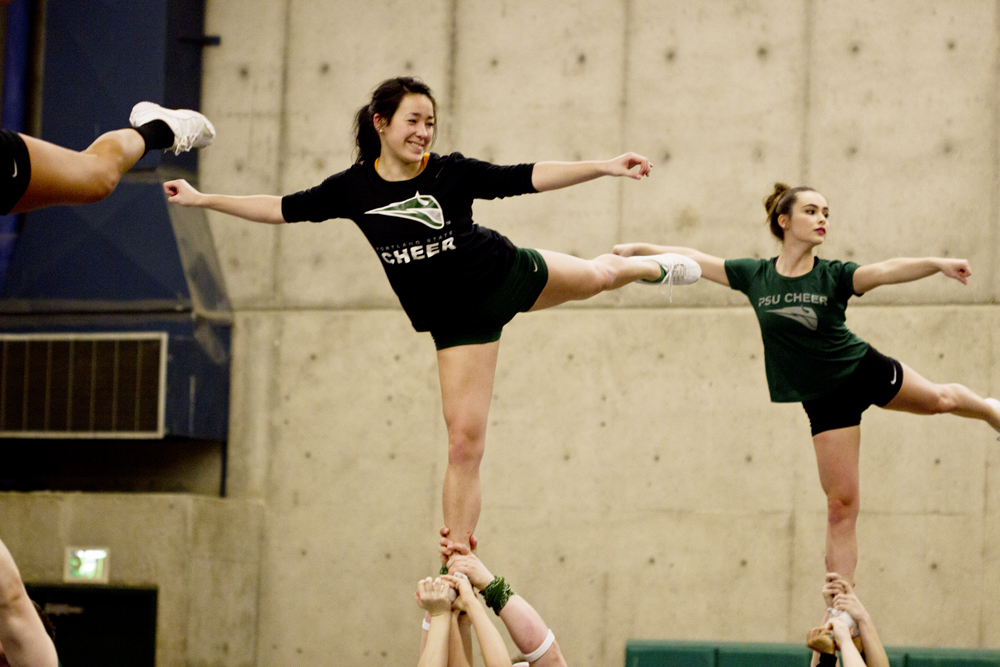Attendance at Viking football games has hovered in the 5,000 to 10,000 range for the last several years. It’s usually closer to 5,000 because some of those games reaching near 10,000 were in part due to supporters from opposing teams helping to fill the stands. The last time PSU consistently topped 10,000, as reported by the Vanguard in 2012, was the early ‘90s, when attendance was in the range of 12,000 to 13,000 per game.
Amidst scattered calls for the end of Viking football and the continued representation of PSU as a nontraditional school, especially in terms of sports, one may be inclined to say that if a school of 30,000 (and then some) can’t muster a regular crowd equal to a quarter of the school’s population, then perhaps it’s time to give up on the idea of creating a healthy sports culture at PSU. Perhaps it is what it is.
But let’s turn away from that narrow definition of sports culture and look at George Fox University, who just fielded their first football team in 45 years. Seating capacity for the first home game was 2,800. Extra bleachers were needed and the final attendance count was near 3,700.
Now, of course it is about proportions, and so the traditional football feel is more pronounced at George Fox. Add to that mixture the highly different make-up of the student body and that this was their first game in 45 years, and perhaps this initial game is not a great indicator of games to come—but it’s close enough.
The point is that PSU can still create a fan base. It may have to do so in a way that other schools do not, but it is possible, (and, you know, winning helps). So the plan for PSU football does not necessarily have to be solely focused on attendance numbers, or merchandise bought, or any other monetary equivalent (though of course, PSU has a big bill it needs to pay with its program), but rather a careful and continued cultivation of the fan base that exists already. If George Fox can recreate its image, so can PSU.
This is a kind of quality over quantity argument—but, more than that, it is arguing that you cannot do one without the other. Creating a quality program, and creating new ways of enticing fanhood, will eventually lead to those attendance numbers which are forever linked to the perception of a school’s sports culture.






